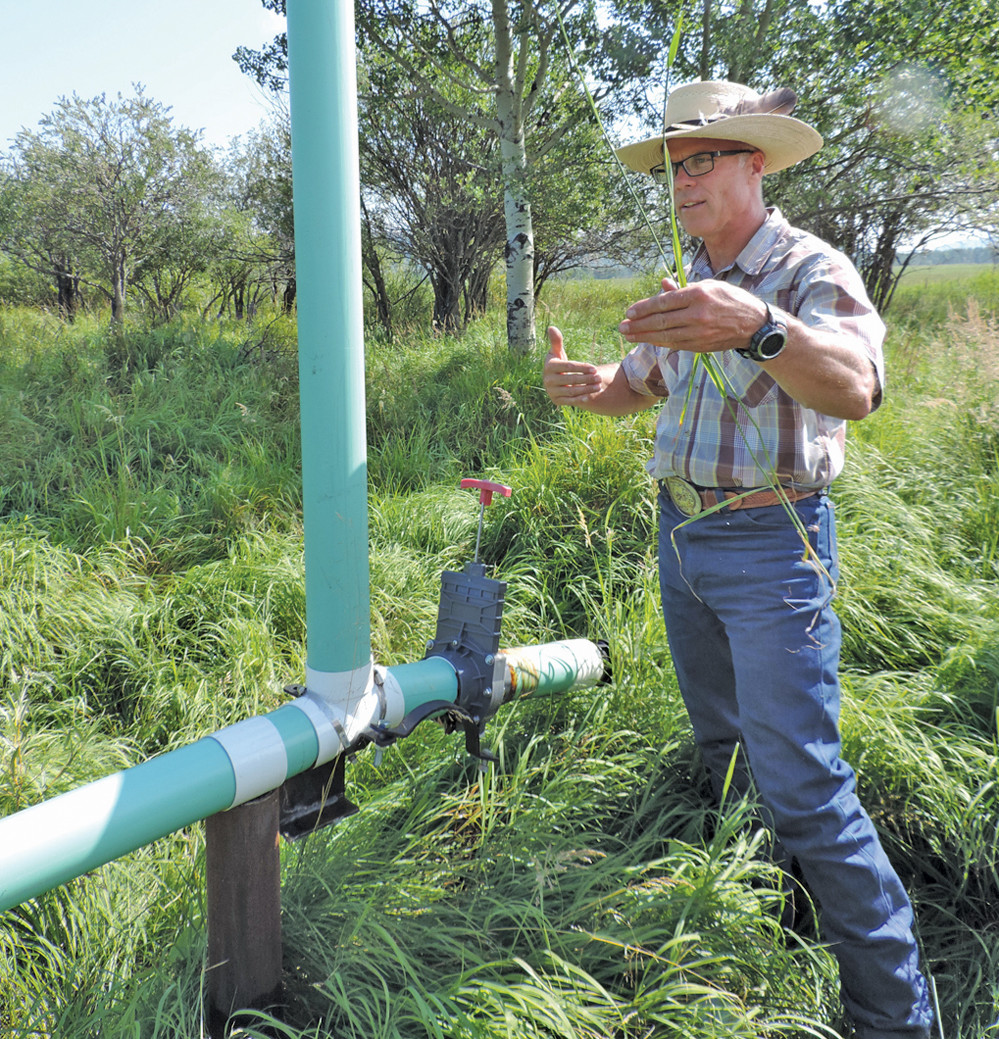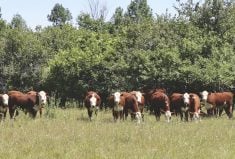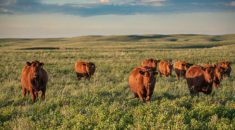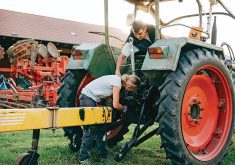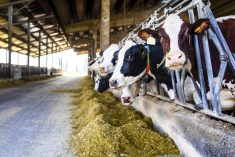Jason Bradley thought he was a pretty good steward of the land — but doing an Environmental Farm Plan helped him become a better one.
“If it wasn’t for the Environmental Farm Plan, this would not have come to fruition,” said the manager of Red Deer River Ranches, indicating the fenced-in riparian areas and the portable water troughs in the pastures.
“I knew these things were important. But now I know how they can be measured, which helped in terms of determining new projects for riparian health and managing that.”
Read Also

Farming Smarter receives financial boost from Alberta government for potato research
Farming Smarter near Lethbridge got a boost to its research equipment, thanks to the Alberta government’s increase in funding for research associations.
For 17 of his 18 years managing the Sundre operation, Bradley let cattle water themselves in natural springs and creeks. Now those waterways feed a catchment pond, with pipes connecting water troughs for the ranch’s 200 bred heifers.
It’s an obvious win for the environment.
“Riparian exclusion allows the native plants to re-establish, protects the stream banks (from erosion), removes sediment loading, and keeps the manure and urine out of the creek,” Bradley said during a ranch tour organized by Clearwater County Agricultural Services and Landcare.
But it’s also good for the bottom line.
The portable water system allowed Bradley to move from continuous grazing to intensive rotational grazing in paddocks, which has greatly increased the carrying capacity of the pastures. And the nutrients in the manure and urine that went into Brown Creek are now deposited on the land, further increasing its productivity.
Just a year later, Bradley has seen impressive gains.
“I have the numbers to show that we’re at 30 to 40 per cent better grass on an extremely dry year,” he said.
That’s the kind of story that Paul Watson wants producers to hear — in hopes it will persuade them to obtain an Environmental Farm Plan (EFP). The Agricultural Research and Extension Council of Alberta took over the EFP program in 2013 and hired Watson as its director in January.
Although 8,000 Alberta farmers have completed the voluntary farm assessment program since it was launched in 2003, that’s nowhere near enough, said Watson.
That’s because farmers and ranchers can no longer just say they’re good stewards — they need to back that claim with documentation because of the push for sustainable agriculture from consumers.
“The people who are buying agricultural products want to make sure the product was produced in an economic, socially, and environmentally sustainable way,” said Watson. “If you talk to the crops groups like Alberta Barley, Alberta Wheat, the Alberta Canola Commission, and the Alberta Pulse Growers, they’ll tell you that they see sustainable sourcing as an inevitable part of Canadian agriculture in the future.”
While McDonald’s verified beef production is one of the newer sustainable ag initiatives, others already require producers to have an EFP.
“If you want to sell potatoes to McCain’s, you need to have an Environmental Farm Plan,” said Watson.
EFPs will be built into the McDonald’s pilot program and the Dairy Farmers of Canada’s proAction plan.
So Watson is preparing to gear up. He estimates his organization will have to help 5,000 farmers a year complete their plans — a huge increase from the few hundred annually over the past few years. And work is already underway on revising the EFP workbook to ensure farms going through the process are meeting the expectations of buyers of agricultural products.
“One way or another, we’re going to fit into the sustainable sourcing model,” said Watson. “We’re hoping we have a few years to decide what to do, rather than have someone else make the decision for us.”
Bradley and daughter Cherilyn identified several areas for improvements on Red Deer River Ranches while going through the workbook’s 23 sections, which cover things such as manure management, pesticide management, watering strategies, and pasture management. They were also able to consult with technicians when dealing with specific issues.
Once he completed the program, Bradley was able to apply for funding for the on-farm water management and off-site watering programs through Growing Forward 2 — money that helped pay for the cost of installing these new systems.
But the program alone is worth doing, said Watson.
“A lot of people who have done the EFP say they understand their farm a lot better than they once did,” he said.
And it’s not a do-it-and-forget-it exercise.
“I know several personally who say they use it as a planning tool every time they do something new or different or expand their operation,” said Watson. “They pull out their Environmental Farm Plan, review it, and use it as a planning tool for how and where they want to do things and what they need to do to mitigate those risks.”
For more information, see albertaefp.com.


